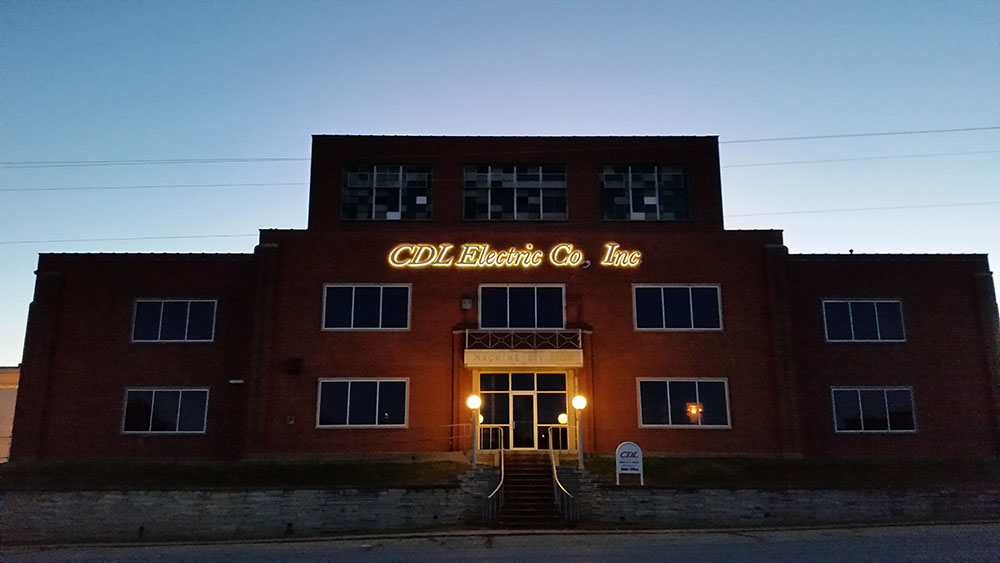There are an average of 3 train derailments every single day in the United States, according to NPR. While most of these aren’t big disasters, they can be costly to those in the business or who need the cargo they carry.
Today, the industry uses two types of wayside detection systems to monitor a railcar bearing’s health to try and prevent derailments: The Trackside Acoustic Detection System (TADS™) and the wayside Hot-Box Detector (HBD).
Railroad defect detectors aim to catch small issues before they become big, costly and sometimes dangerous. And because a railcar’s bearings can burn off in as little as 3 minutes, hot box detectors are extremely common on many railroads today.
Let’s discuss these products and the importance of accurate calibration and installation.

What Is a Hot Box Detector?
A hot box detector — also called a hot box defect detector, hot bearing detector, wheel bearing defect detector or wayside defect detector — is a type of railroad device that identifies issues in trains as they pass by, such as axel or signal problems, by monitoring the temperature.
These were originally invented to help alleviate the drag on personnel, who traditionally had to detect unsafe conditions by hand as trains passed. Using non-contact infrared (IR) sensors, hot box detectors can automatically identify problems that may be invisible to the naked eye.
These computerized detectors are two infrared eyes installed directly onto the tracks that look up at the train’s bearings. If the bearings reach a temperature that is considered dangerous, the detectors immediately flag the issue to alert the appropriate team members in order to start the service process.
Wayside Detector Installation
For the most accurate results, hot box detectors must be installed correctly and accurately in terms of spacing and calibration. Spaced too far apart or not calibrated to the most accurate criteria, they can lead to false results.
The Federal Railway Association has issued a Safety Advisory that recommends that railroads that use hot box detectors should:
- Evaluate the thresholds for inspections based on hot bearing detector (HBD) data
- Consider the use of real-time trend analyses of HBD data as a criterion for inspection
- Ensure the proper training and qualification of personnel responsible for the calibration, inspection, and maintenance of HBDs
- Ensure proper inspection of rolling stock with HBD alerts
- Improve the safety culture of their organization, particularly as it pertains to operational decisions based on HBD data
For these reasons, working with a reliable hot box detector installation company near you is extremely important, like CDL Group of Companies.
We provide and install a single-track defect detector system with software backed by the highest level of education, support and service. We use leading technologies and analysis to ensure that our systems work at the highest level to provide the most accurate readings for bearings.
Our defect detector installation package includes:
- Defect Detector
- SmartScan NG2 Surge Protection Panel
- Bearing Scanners
- Scanner Cables
- Frauscher Zero Speed Wheel Transducers
- Internal Radio
- Temp Probe
- Alignment Fixture
- Calibrated Heat source
- Installation Tool Kit
- Dragging Equipment Detector
- Serrmi 4’x6’ Control Shelter
- Batteries
- Smart Scan NG2 Interface
- Installation- Labor & Equipment
All internal equipment will be installed in a Serrmi brand 4×6 control shelter. You can also install a defect detector that detects dragging equipment for added support.
To learn more about our hot box defect detector installation services, please contact us directly. We look forward to helping your team safely stay on track!


